You use your bathroom every day, but have you ever thought about where all this plumbing hardware started out? If you’re like most of us and take running water and toilets for granted, you might be surprised to know that plumbing has a very long and interesting history…
There’s a very interesting history behind the evolution of plumbing materials used through the ages and up to modern times. Since it is most relevant and affects us all in one way or the other, it is worth knowing about the progression of material usage and innovations, over time. Going back all the way back to the time of the Roman Empire, piping constructed of lead and clay was the first reliable material used to deliver potable water to bathhouses, amphitheaters, and private residences all over the Empire.
Year-2600 BC-ANCIENT PLUMBING SYSTEM
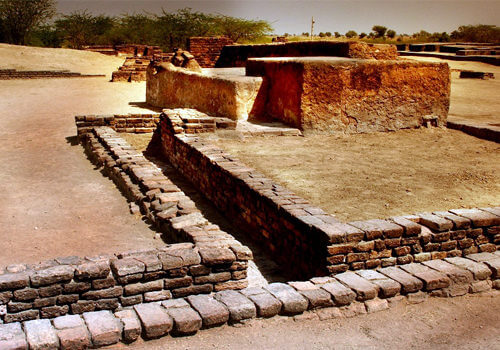
The very first system of pipes to carry water from one place to another was built in the Indus Valley Civilization. Buildings here had wells and bathing areas with drains in the floors. They had bathrooms with septic tanks, very similar to modern-day bathrooms.
Year 600 BC- Water Systems in Babylon

Under King Nebuchadnezzar II, Babylon had become the most magnificent city of ancient times. His palace had separate bathrooms with elaborate drains as well as latrines with raised seats, connected to a covered sewer system. The king’s bath ritual was in the form of water being poured over him by slaves.

The Palace’s most magnificent feature was the Hanging Gardens. To irrigate the trees planted atop a 7 m high wall, Babylonians used a mechanical device called the Shaduf. A Shaduf used a fulcrum and wooden beam with a bucket at the end to raise the water for emptying to elevated troughs.
Year 2000 BC-Advent of Pipelines
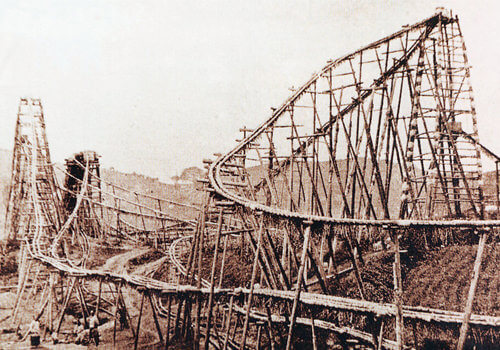
By this time, in places like China, hollow bamboo reeds were used as pipes to carry fresh water and natural gas to and from the ancient salt mines.
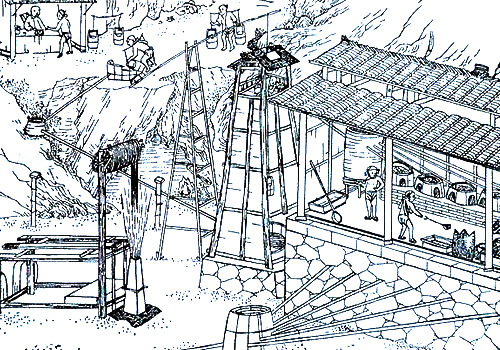
Year 1500 BC-Plumbing During Egyptians, Greeks, Roman Civilizations
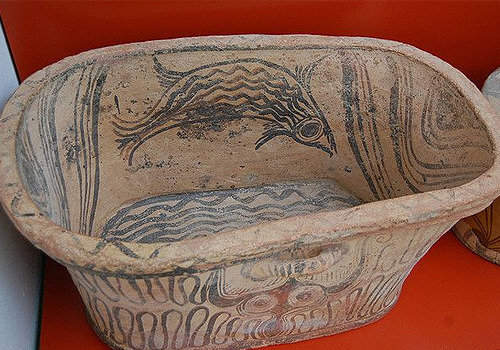
On the island of Crete, Minoan Kings had bathrooms with hot and cold running water. The Minoan Palace of Knossos used ceramic bathtubs along with the world’s first flushing toilet complete with drainage systems.
The earliest plumbing pipe was made of baked clay and straw while the first copper pipes were made by the Egyptians. The Egyptians plumbing process was as formidable as their building expertise. In their search for water Egyptians dug wells as deep as 300 feet for and the water wheel was born in Egypt.
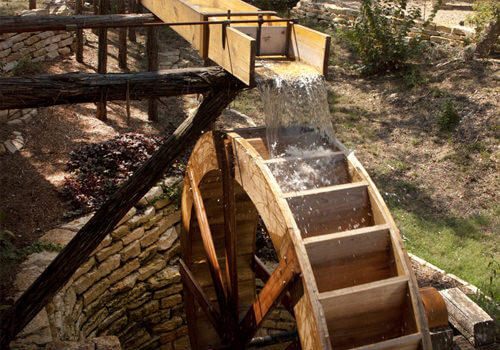
Egyptians were the first and only people to build bathrooms for the dead.
The Greeks advanced the art and science of plumbing. Hot and cold running water and bathtubs were part of everyday life in ancient Greece. The Greeks pioneered shower technology for athletes to bathe after the Olympic games where water moved through overhead pipes and came out through sculpted shower heads.
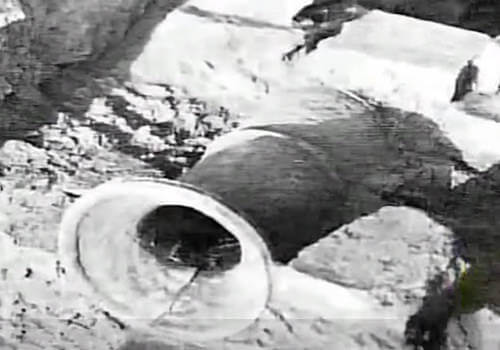
But the most magnificent accomplishments in plumbing were those of the Romans.
More than 1000 years ago, the Romans built water channels that carried water from the mountains into the city, which distributed it through underground supply lines made of lead. That is where the term ‘Plumbing’ originated, as Plumus in Latin means Lead. These lead pipes also carried water to the Roman Baths, supplied with hot water, heated by wood and furnaces. These baths also had elaborate steam rooms accomplished by pumping hot air through channels beneath the floors. Wastewater ran into sewer pipes that emptied into the Tiber River. The largest of sewer pipes carrying wastewater was the Cloaca Maxima, which had already been built half a century earlier.
Public latrines had 20 seats or more arranged in a circular manner, while water constantly ran beneath them, to carry the waste into the nearest sewer.
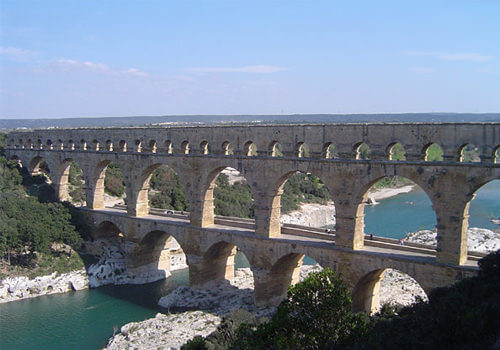
Overcrowding in cities meant the production of excessive waste causing the outbreak of many diseases and thousands of people lost their lives to water borne diseases caused by polluted drinking water as sanitary practices and hygiene were never considered till then.
After the fall of the Roman and Greek empires, plumbing technology and its advances came to a standstill in Europe until many decades later.
Year 1596-Inventor of First Flushable Toilet: John Harington gifts the flush toilet to Queen Elizabeth 1
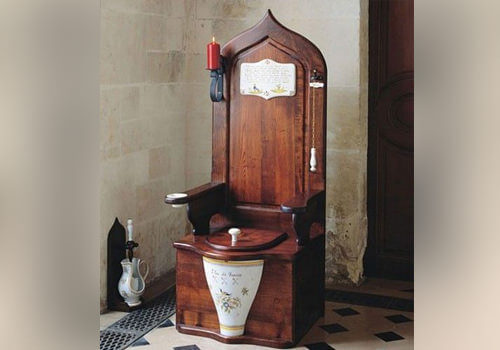
Like everybody else in those times, Queen Elizabeth1 had a bath once a month. Before indoor plumbing, bathtubs were simply filled and emptied by hand.
Using the toilet was another matter altogether. The Queen’s Godson, John Harington invented the first flush toilet for the Queen at her residence at Richmond Palace. Historians and sources close to the Queen reveal that although enthusiastic about the flushing toilet, the queen was afraid to use it. She is believed to have said that the apparatus made scary sounds like thunderstorms with terrifying rushes of water every time it was used.
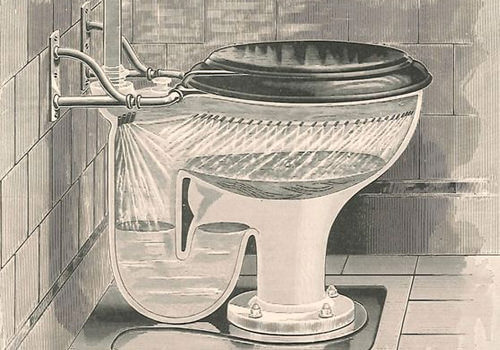
Year 1600-Water Works
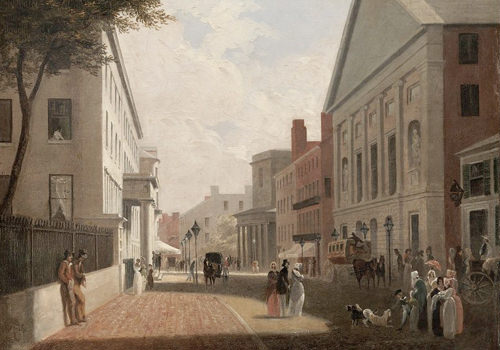
The concept of the shower began in ancient times with outdoor waterfalls and buckets of water. The first water system in America was built in Boston in the mid-1600’s. This proved to be one of the milestones’ in the city’s history and helped to build the city into a modern-day Metropolis.
Year 1664-The French Connection

King Louis XIV of France ordered the construction of main plumbing lines made of cast iron.
Year 1775-Alexander Cumming patents the Flush Toilet
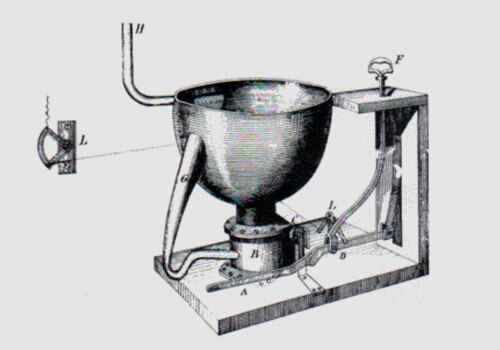
The first valve-type flush toilet was introduced in 1738 by a man named J.F. Brondel. Also in the year 1775, Alexander Cumming, a Scottish watchmaker, and inventor, becomes the first Englishman to patent a design of the flush toilet. The design still survives today and was the forerunner of modern toilets.
Year 1778-Joseph Bramah’s WC
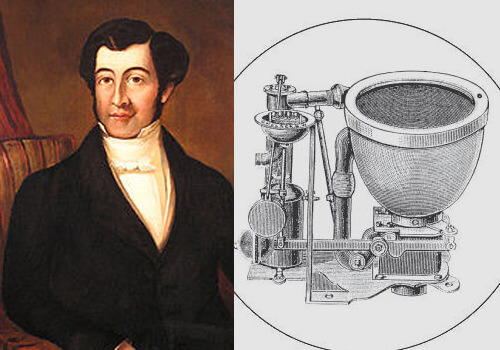
Joseph Bramah improvises Cumming’s invention using hinged valves. His creation is the prototype for closets aboard ships and boats.
Year 1795-New York City Gets its Firefighting Water System
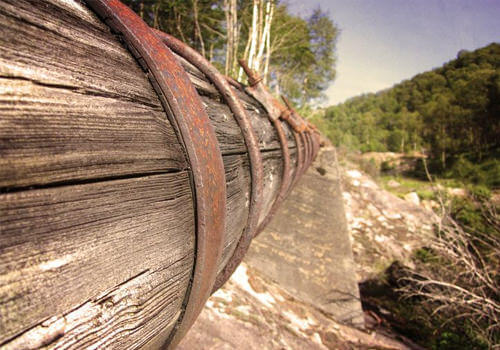
In 1795, wooden pipelines were built to carry water for firefighting using hollow logs of wood. The firemen had to drill through the walls of these pipes and after they finished, plug the hole. This is how the term ‘fireplug’ originated. By early 1700, New York City had its own system of wooden mains, but they were hardly adequate to meet the growing city’s needs.
Year 1810-The First Shower Invented: English Regency Shower was created
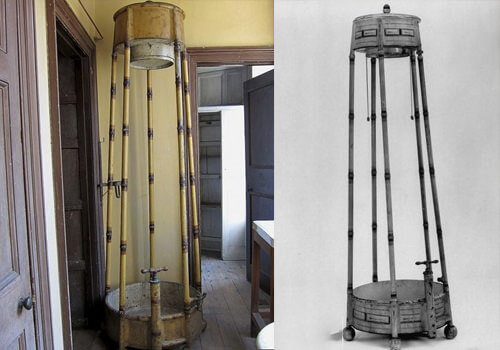
One of the earliest modern style showers was the English Regency Shower that pumped water continually from a lower basin to a cistern directly above the bathers head using the same waste water. It was considered a novelty even among the aristocrats.
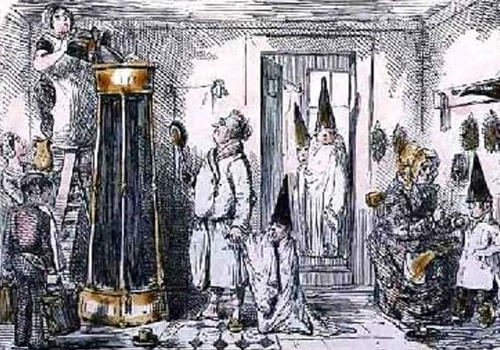
Year 1815-Water Systems in Philadelphia
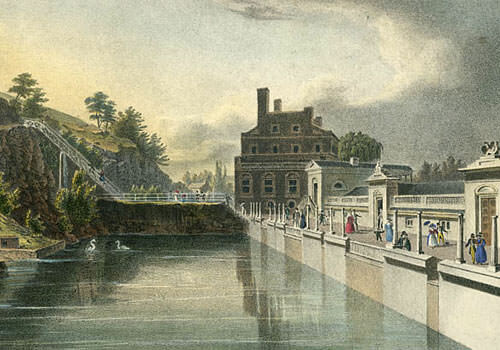
The city of Philadelphia was among the first to undertake safe water supply as a governance issue. Water pipelines ran throughout the length and breadth of the city supplying both paid and free supply. The city's first water system was located at Centre Square. The power of steam turbines was used to draw water from the Schuylkill River. This system was plagued by many drawbacks and an improved system was built in 1815 at Fairmount which served the city until the year 1909.
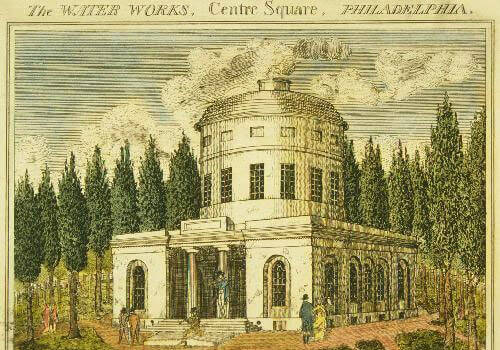
Year 1829-Tremont Hotel builds Public Toilets
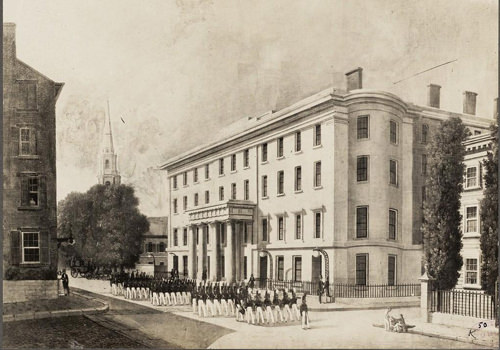
In 1829, Tremont Hotel in Boston commissioned Isaiah Rogers, an American architect to build the interiors. It was the first hotel to have indoor plumbing and running water for guests. Eight water closets (toilets) were provided on the ground floor while bathrooms were located in the basement area.
Year 1830-The Age of Showers
The American Virginia Stool Shower had a wooden stool on which the bather sat and worked the shower with a hand operated pump. A foot pedal moved the back brush for a thorough cleaning.
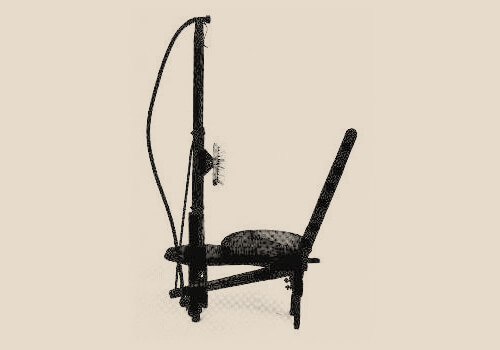
Showers weren't very popular until the 20th century. However, in the 18th century cold showers and baths were used for treating psychiatric disorders. Patients suffering from depression, nervous disorders or mania were subjected to the wonders of intense, freezing water. Modern showers are based on concepts from showers of the mid-1800’s.
As American cities came into existence, running water became a priority, but not for bathing but firefighting. Bathing was a rare event, performed once or twice a year.
Year 1833-Plumbing in the White House
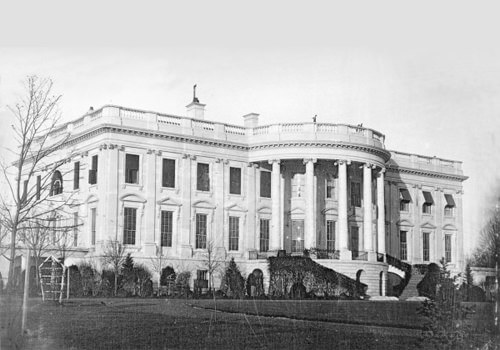
The first floor of the White House gets running water which was considered a luxury back then. The upper floors didn’t have any plumbing until two decades later.
Year 1835-New York City gets it First Water Reservoir
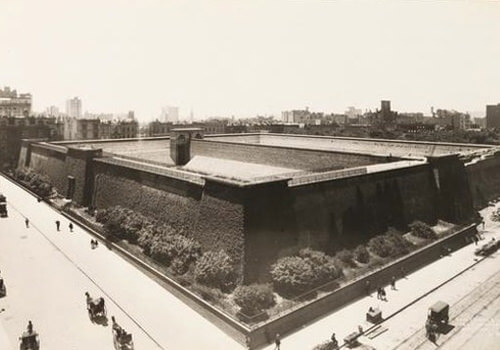
In 1835, New York built its first water reservoir in midtown Manhattan using supply from the Croton River. At the end of the century, two underground water tunnels were built. These supply water to New York even today.
Year 1848-National Public Health Act
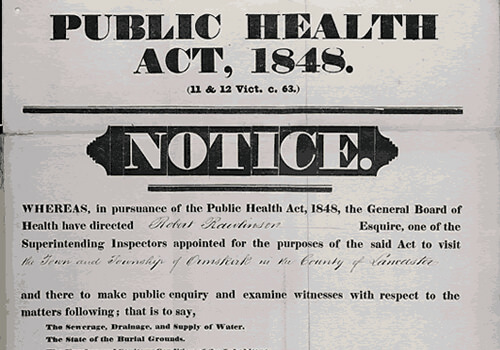
The national public health Act is passed in England, becoming a role model in plumbing codes for the rest of the world.
Year 1851-Improvisations to the WC and Toilets
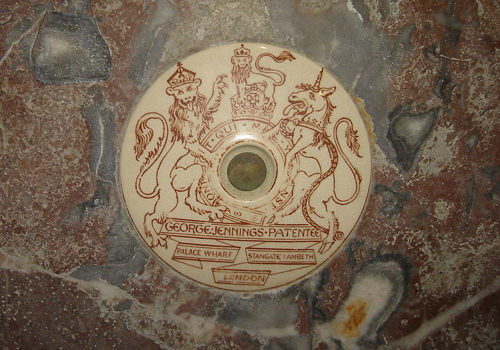
Public toilets were not something new George Jennings, a Brighton plumber, installed his so-called ‘Monkey Closets’ in the Retiring Rooms of The Crystal Palace. These were the first public toilets anyone had ever seen. Visitors were asked to pay one penny each to use them.
Bathrooms of early settlers who came to America were called “Outhouses.” The set-up was simple—a hole in the ground, a seat and a door and these were used well beyond the advent of indoor toilets.
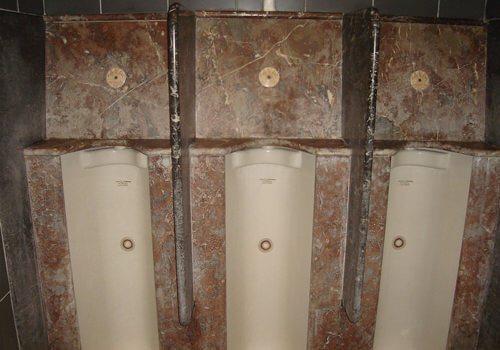
Post independence, Thomas Jefferson invented his private waterless indoor toilet, a chamberpot connected to the outdoors by a series of pulleys, operated by servants.In England, inventors revived John Harrington’s design of WC and came up with updated versions of WC’s. But people were reluctant to accept this idea. Compounding the problems were the leaking sewer gasses that poisoned the home atmospheres.
The trap seal was, in theory, a brilliant solution for this problem. A U-shaped section of pipes beneath drains and toilet bowls uses a simple law of physics to create a water seal, blocking sewer gasses from entering the home but without venting, it didn’t work quite well. A vent allows for smooth flow of water through the channel.
Year 1856-Fully Functional Modern Plumbing Systems in America
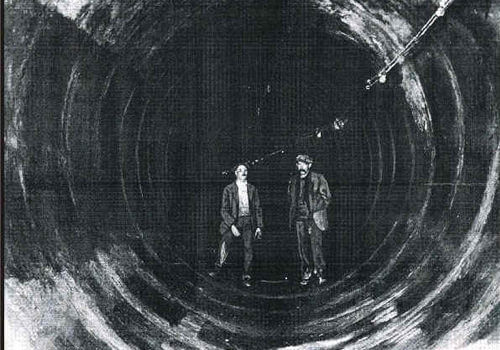
America’s first integrated sewer system was built in Chicago. This was done to overcome the rising problems caused by dumping waste into the Chicago River, which emptied into Lake Michigan, which supplied drinking water to the city.
When Lake Michigan’s water mixed with polluted water, it caused a deadly outbreak of water-borne diseases that claimed nearly 75 thousand lives.
Therefore, a 28 miles long canal was dug connecting the Chicago River to the Des Plaines River, reversing the direction of the river, preventing its flow into Lake Michigan.
The late 1800’S had seen the development of electricity and the 2nd industrial revolution in America. Plumbing had spread and had become a thriving industry. Bathrooms with bathtubs fully plumbed kitchens and water heaters were now built into new homes.
Year 1857-Joseph Getty’s Toilet Paper
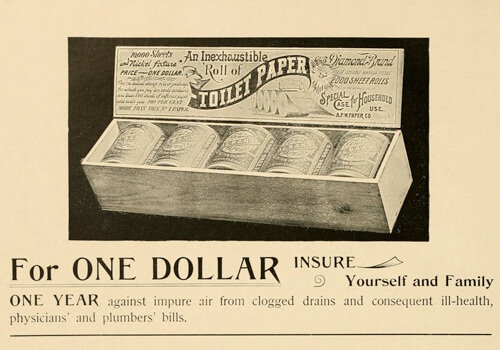
The first commercially available toilet paper is invented by Joseph Getty in America. Gayetty's Medicated Paper was sold in packages of flat sheets, carrying a watermark of the inventor's name. Earliest advertisements for the product carried the taglines "The greatest necessity of the age! Gayetty's medicated paper for the water-closet."
Year 1858-First Sewer System in England
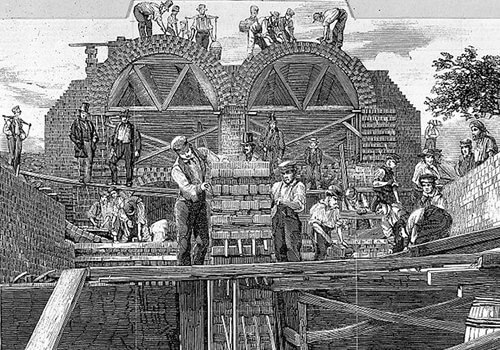
The metropolitan board of works undertook the historic project of building the First Sewer System.
Year 1869 Plumbing for Recreation
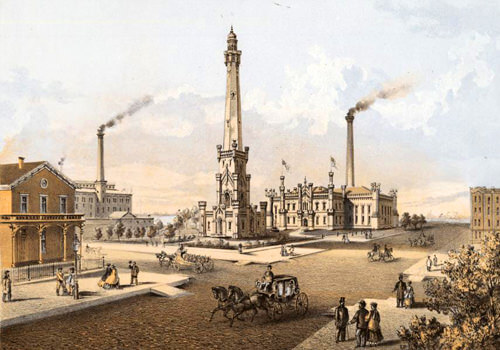
Chicago city showcases the first city water tower.
Year 1870-Thomas Twyford Creates Ceramic Flush Toilet
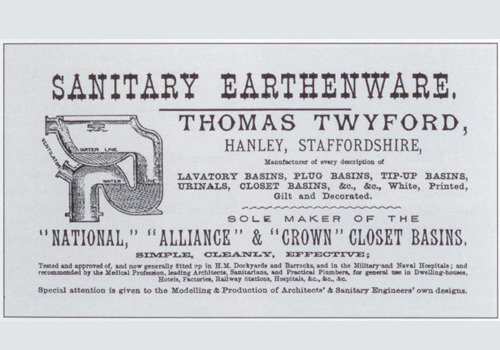
In 1870, Thomas Twyford a Pottery manufacturer in England created the single piece, ceramic flush toilet.In the same year, water heaters are first seen in private homes.
Year
1874
Waste Management in Homes
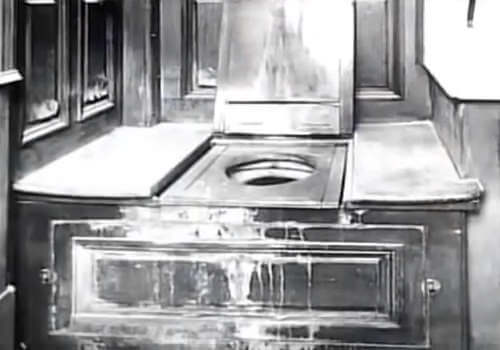
In 1874, an anonymous plumber who left a drawing of a home that had been suffering from effects of indoor gasses and the solution for the problem which other homes could use. This marked the era of modern plumbing. Across the Atlantic, as the WC continued to evolve the indoor toilet was now considered a necessity with easier and abundant water supplies.
Year 1883-John Kohler invents the Cast Iron bathtub
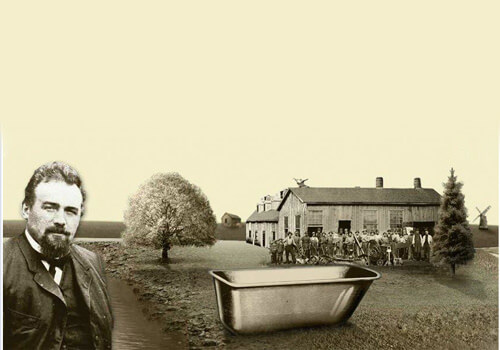
John Michael Kohler created his first cast iron bathtub from an iron horse trough.
Year 1885-Fredrick Humpherson designs the WC
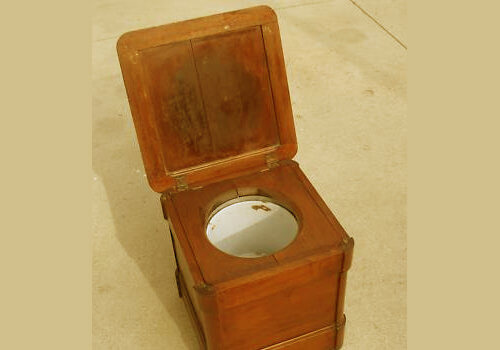
The earliest WC’s were encased in wooden cabinets showing off only the inside of the bowl. Contrary to popular belief, the universally recognized WC was designed not by Crapper but Fredrick Humpherson in 1885.
Year 1891-Need for Modern Sewer Systems
The most well-known name associated with the WC is that of Thomas Crapper. His original concept was called the "Water Waste Preventer", looks something like a modern day WC.
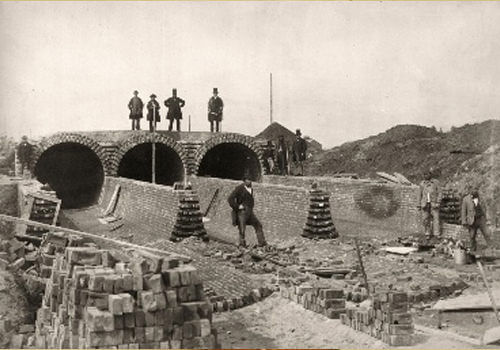
The acceptance of the WC meant there was the problem of sewage to deal with. European cities were now choked to the brim with filth. Conditions in London were so bad that all three of its rivers including its streets were full of human excrement. Modern Sewer Systems were the answer; meanwhile, work had already begun on the first sewer system.
Year 1911-Age of Improved sanitation
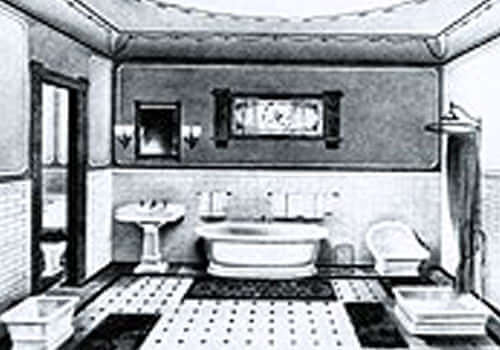
The Kohler Company made the first one-piece bathtub which laid the foundation of standard bathtub design. Toilets and wash basins were made of Vitreous China with brass fixtures. Between 1929 and 1954, manufacturing of sanitary ware increased manifold.
Year 1930-Plumbing Codes and Plumbing Standards

Hygiene guidelines and sanitary plumbing were given their due importance. By the mid-thirties, uniform plumbing codes were legislated along with acceptable manufacturing standards for plumbing products.
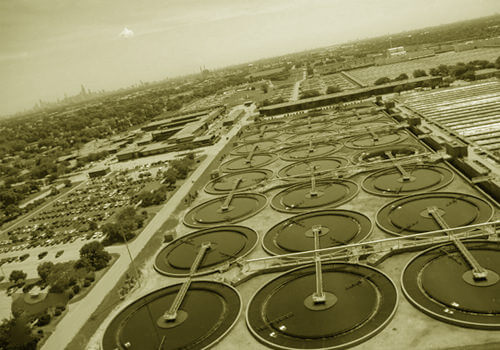
Chicago Sanitary District created the largest and most advanced sewage treatment plant ever built in Stickney.
Year 1937-Alfred Moen invests the Single Handle Tap
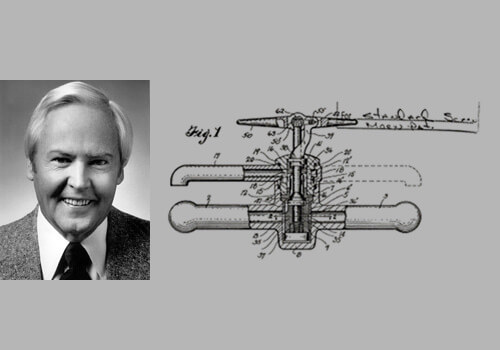
Alfred Moen, an American inventor, invents the first single handle mixer faucet. He was inspired to create this mixer after scalding his hands with hot water from a two-handle faucet.
Even today, hot water heaters are all equipped with an essential device called the ‘T and P’ valve. This valve was introduced in the thirties by the Watts regulator company and keeps your water heaters safe from possible accidents caused by high pressure of temperature.
Year 1939-Wastewater Management in Chicago City
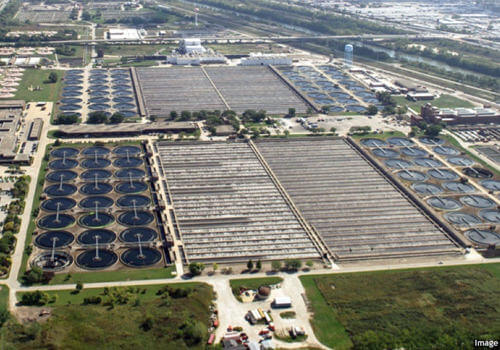
By this time, the Stickney water treatment plant in Chicago was processing 1.2 billion gallons per day of wastewater.
Year 1940-Plastics and Cast Iron in Piping
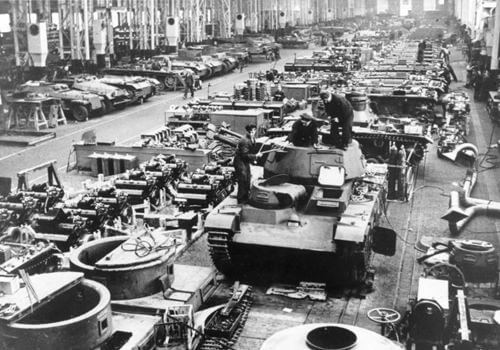
World War II came with its share of problems for the plumbing industry. In 1940, War Production Board had severely restricted the use of iron steel and copper forcing the use of new materials such as cast iron and plastics in manufacturing. Improved plumbing materials were thus introduced.
Year 1970-Work on the Third Tunnel in New York begins
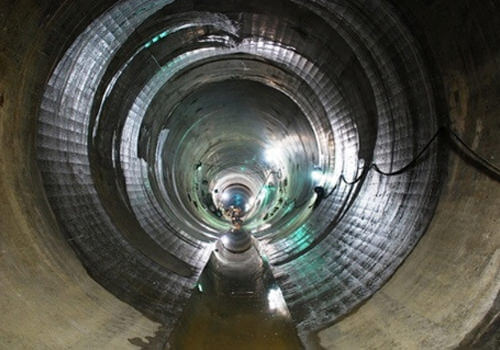
New York started construction on its third tunnel started that is scheduled to be completed in the year 2020, with a length of 60 miles and will carry 1 billion gallons of water per day.
Year 1978-Water Saving Laws

California introduced a law that prohibits use of more than 3.5 gpf.
Year 1992-Present and Future of Plumbing

In America, the Energy Policy Act is passed to reduce water flow rates into plumbing fixtures aiming at water and energy conservation.
Looking into the present and future computerized toilets and remote controlled whirlpools are common in bathrooms. Water treatment plants treat and cure wastewater making it's safe reuse possible. Newer and advanced innovations in the plumbing world continue.
The history of plumbing is a very long one indeed, so the next time you step into your bathroom remember that the hardware you are using has been developed over thousands of years.



































































